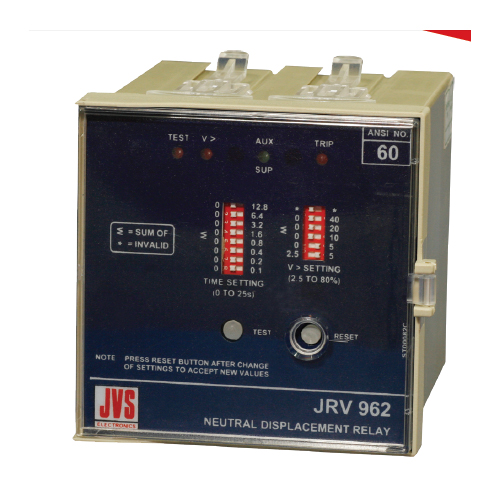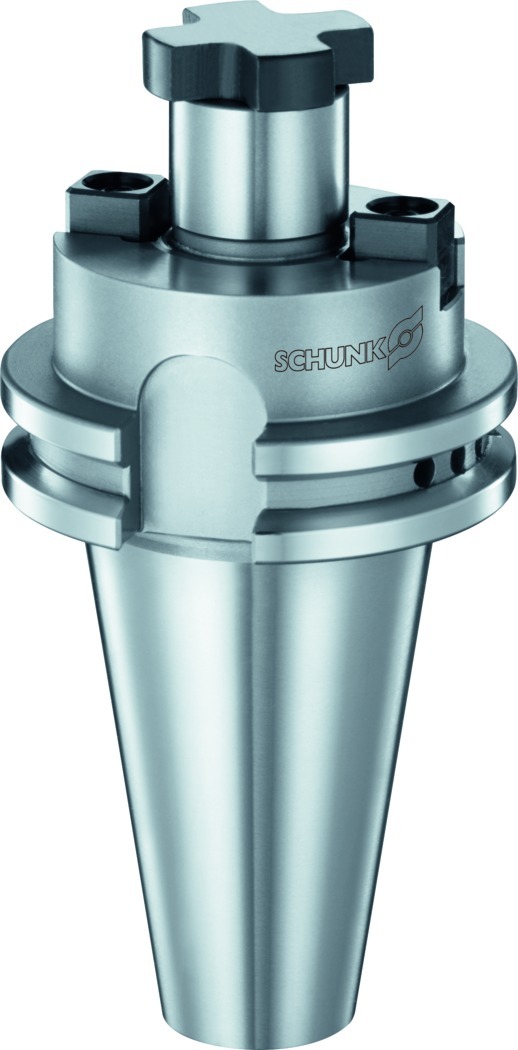Schedule a Call Back
Plant Safety Detection is the Key
 Technical Articles
Technical Articles- Feb 11,14
Safety today is something that is given top priority in industry and civic life, and awareness of safety has risen over the years. Any safety officer today is well trained and will agree that the larger aspect of plant safety involves detection. This detection may include detection of harmful gases, detection of smoke, detection of oxygen levels; and/or detection of metals, detection of alcohol in breath, and detection of unwanted or unauthorised personnel. Detection has become the need of the hour and a vigilant safety manager would give top priority to detection. The first stage in any of the above cases would involve: Detection, Display and Action. These observations are common to all aspects and play a critical role in a plant's safety and security.
The following paragraphs examine the important aspects in detection of various parameters.
Gas Detection
 Any plant involving gases or storage of gases must give top priority to gas leak detection. Gases may be toxic or combustible or even inert gases are known to cause harm and can lead to major disaster. Leakage of such gases may lead to major disasters and need to be detected at a very early stage.
Any plant involving gases or storage of gases must give top priority to gas leak detection. Gases may be toxic or combustible or even inert gases are known to cause harm and can lead to major disaster. Leakage of such gases may lead to major disasters and need to be detected at a very early stage.
The units of measurement of gases in usually done in ppm (parts per million) or percentile with reference to LEL (Lower Explosive Limits), one may follow several standards to know the TLV (Threshold Limit Value) or LEL levels and the most common standard is as per OSHA standards. These levels are usually mentioned in the Material Safety Handling Data Sheets of the particular gas.
LEL: Lower Explosive Limit (expressed as and of gas/vapour in air by volume) this is the critical concentration below which ignition will not occur, above this concentration, any spark (electrical or mechanical) will ignite the explosive mixture.TLV: Threshold Limit Value (expressed as number of parts per million in air by volume) is the concentration beyond which workers who are exposed to this gas/vapour may suffer adverse effects of toxic poisoning. This is calculated usually on basis of continuous exposure during 8 hours working day and 40 hours working week.
Various principles are used to sense or detect these gases and involve methods lille catalytic bead, galvanic cell types, semiconductor based or oxidation principle. Today, safety managers must give due importance of each of these principles before selecting a gas detection system keeping in mind the sensitivity, accuracy, reliability and lifespan of these detectors.
Detection of Oxygen Levels
Why detect oxygen? Most of the EHS managers may ignore oxygen as it is a non-hazardous gas and is freely available in atmosphere. But the fact remains critical when it comes to certain delicate application like monitoring oxygen levels in confined spaces or indoor public areas. Any plant using inert gases must install a oxygen monitor, case example: An indoor laboratory may be using a gas chromatograph which uses inert gas, a leak of such inert gas will cause the levels of the oxygen to drop and cause sever harm to the people in the lab. Typically, normal level of oxygen in ambient air would be 20.9%. Lower levels would cause impaired co-ordination, increase pulse, impaired judgement, lips turn blue or at 6-10% cause mental failure, nausea, fainting and unconsciousness or even coma within 40 seconds and respiration ceases resulting in deaths. Such cases have happened especially in confined spaces like a person entering a duct or a manhole. Such oxygen detection devices act as lifesavers and are a must. Even excess of oxygen levels are risky, excess enriched oxygen is expensive an increases the risk of combustion.
Smoke Detection
 Fire detection is the most popular form of detection and considered as the first step while setting up of a new plant or premises. Smoke caused due to fire may have several root cause, some common causes are electrical sparks, which often lead to fires especially in badly ventilated areas and godowns.
Fire detection is the most popular form of detection and considered as the first step while setting up of a new plant or premises. Smoke caused due to fire may have several root cause, some common causes are electrical sparks, which often lead to fires especially in badly ventilated areas and godowns.
Smoke detecting methods involves sensing technology like ionisation, or smoke chamber involving Optical based transmitters and receivers, semiconductor based or even laser based. Each has its own specific application and a combination works the best to cover all aspects of cause of fire. A typical addressable annunciator panel indicates the point where smoke is detected and further line of action would be to connect it to a sprinkler system or an exhaust fan system to ventilate or extinguish the places where smoke is detected. Typical level of detecting smoke is 50 ppm above, which it acts like threat to life.
A standard smoke detector must indicate these levels and sound an alarm if the level exceeds the limit, compatibility of the systems is very important factor while selecting a smoke detecting system as it is always advisable that the system works in sync with your all other safety systems and should be able to connect it to a DCS or a PLC system usually located in the control rooms.
Metal Detection
Detecting metals may not sound important but plays a critical role to detect particles of metals in food processing industry. Any tiny particle of metal entering the canned, tinned or packaged food involves a huge risk to human life. Today metal detectors make such task easy by sorting the scanned material and even separate articles with metal contents. Key areas on metal detection are food processing, Stone query, pharmaceutical and capsule scanning. Fine micro particles of metal machinery may enter into the tablets and have to be detected before being packed, an x-ray is one of the best methods used for the same.
Another application where detecting metals cannot be ignored is for frisking humans for security purpose. This involves metal detector checks using various hand held metal detectors or doorframe metal detectors or even conveyor type metal detectors. Typical applications would be seen at shopping malls, airports or at any event security checks. Usually frisking is critical to detect presence of metals especially in jewellery industry. The basic principle used in metal detection is the use of eddie current. This involves the use of two coils - transmitter and receiver. The transmitter transmits the current into the ferrous and nonferrous metals and the receiver coil picks up the signal - any metal detecting will cause the eddie current to change and sound an alarm. Some metal detectors are tune to detect only ferrous metals but do not detect non-ferrous metals like aluminium. The latest metal detection technology makes it possible to detect both ferrous as well as non-ferrous metals.
Breath Alcohol Detection
This is a popular detection process today as police all over the state are implementing it for drink and driving cases. Here that level of alcohol in blood is measured and indicated on meters. The units for measuring may vary and typical units are mg/100ml of blood or %mg BAC (Breath Alcohol Content).

The breath alcohol analysers are continuously sensing traces of pure alcohol namely ethanol and are calibrated in mili grams per 100ml of blood either by using calibrated test bottles or a bench apparatus with pre calibrated ethanol mixtures. Fuel cell sensors are widely used as their accuracy levels are to a medical precision.
Detecting alcohol in blood is a tedious task as it makes use of several scientific calculations and done only be experts. Applications and the need for detecting alcohol is to check subjects for drunkenness at factories and especially critical for factories carrying work in 3 shifts, call centres, Railways, Clinical Research centres, etc.
Calibration & Periodic Checking
 All detection instruments, whatever the type and application, need to be periodically calibrated and tested for the health and effectiveness of the system. The frequency of checking should be monthly based on the guidelines laid by the manufacturer and recalibration must be done at least once in a year. Manufacturing companies must submit traceability certificates after calibration usually traceable to national standards.
All detection instruments, whatever the type and application, need to be periodically calibrated and tested for the health and effectiveness of the system. The frequency of checking should be monthly based on the guidelines laid by the manufacturer and recalibration must be done at least once in a year. Manufacturing companies must submit traceability certificates after calibration usually traceable to national standards.
Future in Detection
Detection and safety will always go hand in hand. Continual training is a must to keep everyone in the workplace up-to-date. Maintenance and preventive measures must be well-drafted and mock drills conducted regularly. The future will see advanced sensors with higher accuracy levels and standard outputs to give more accessibility. Each of these devices will be reporting on the handheld devices like mobile phones and interconnected to each other to make the plant a safer place to work at. Detect, Sense and Act!
(This article is written exclusively for IPF by Mr Manish Poudwal, Technical Director, Subtronics (India) Pvt Ltd, Mumbai. Tel: 022-24224461, 24303047 (telefax). Email: service@subtronicsindia.com)
Related Products

Single Pole, Neutral Displacement Relay
JVS Electronics
Pvt Ltd offers a wide range of single pole, neutral displacement relay -
JRV 962.

Face Mill Arbors
Schunk Intec India Pvt Ltd offers a wide range of face
mill arbors.

Hardy - Chassis Mounted Weighing Card for Rockwell PLCs
Kore Mechatronics Private Limited offers a wide range of
hardy - chassis mounted weighing card for Rockwell PLCs.
















